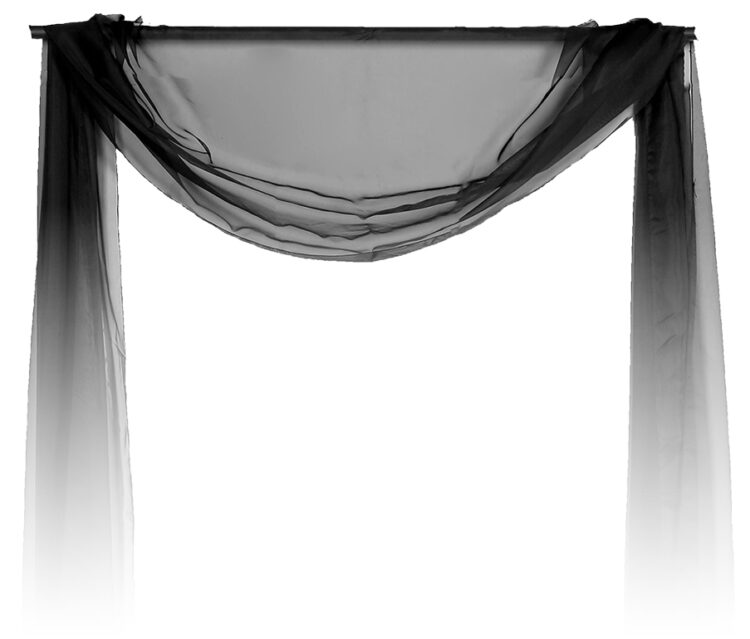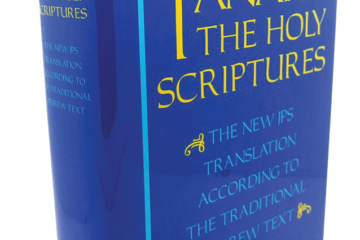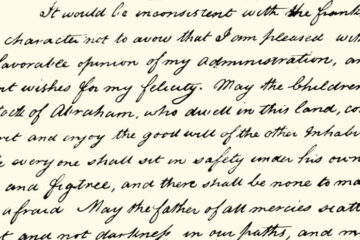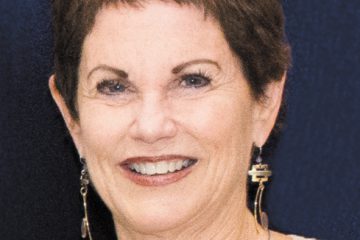Of plagues & ‘black weddings’

By Rabbi Judy Chessin, Temple Beth Or
Planning a wedding these days is a daunting proposition with the current Covid-19 restrictions. Wedding couples wonder if they will be allowed to invite guests or need imprinted masks to go along with their kipot. Only one wedding was designed for just such a moment as this.
Jewish folklore had it that a shvartse khasene or black wedding could avert a plague or pandemic. A black chupah (wedding canopy) was erected in the middle of the town’s cemetery. The rabbi would then marry off two of the town’s most marginalized citizens, such as orphans, beggars, or those with physical disabilities.
The schvartse khasene or mageyfe khasene (plague wedding) was a blend of people’s most altruistic impulses and their more base motives.
On the one hand, the mitzvah of marrying off and supporting the town’s neediest citizens was an appeal to God to lift the epidemic.
The Jews hoped the wedding would fool the Angel of Death into thinking it had no power over the celebrating community.
In actuality, the wedding’s joy and anticipation may have had the side benefit of alleviating the townspeople’s crippling fear of isolation, disease, and death.

On the other hand, there may have been less generous impulses at work as well. Yiddish folktales describe gift-giving scenes reminiscent of kapparot or scapegoat rituals, casting sins off oneself and onto another.
Each townsperson would hand a gift to the couple, loudly proclaiming, “From me to you,” as if they released the plague from themselves and onto the “sacrificial” couple.
While black weddings originated in Eastern Europe during the Black Death, the custom continued in the 20th Century.
During the Spanish flu outbreak in 1918, Polish Jews tried every known protection, such as shaving their hair, drawing black lines around houses, sleeping with their pajamas inside-out, nailing knives to rooftops, or posting signs on the towns’ gates which read, “Typhus has already reigned here” or “Nobody is inside.”
When these rituals failed, the community tried performing black weddings.
One such marriage joined Mendel and Susia, two of the town’s mentally-ill bachelors, in marriage in hopes of atoning for the community’s sins and to protect its members. Could this have been Judaism’s first same-sex marriage?
When Jews came to the United States, they brought the tradition with them. Newspapers record several plague weddings during the 1918-19 Spanish flu outbreak.
In Philadelphia’s Cobb’s Creek Jewish cemetery, Fanny Jacobs and Harold Rosenberg were united in marriage in October 1918. Sadly, genealogical research yields nothing else about the couple, so it is assumed that they may have died from the plague.
Not all Jews approved of such primitive superstitions. The Jewish Exponent of Philadelphia published the following editorial the week after Fanny and Harold’s wedding: “The wedding held in a Jewish cemetery last Sunday for the purpose of staying the ravages of the epidemic was a most deplorable exhibition of benighted superstition. We are told that the custom originated in Russia. It and the participants should have been permitted to remain there. Unfortunately, the publicity given to the occurrence will convey to many people that this is a custom sanctioned and encouraged by the Jewish religion. The people who do such things do not know what Judaism means.”
While we may think this custom was a colorful relic of a bygone era, a black wedding was actually held in the city of Bnei Brak in March 2020.
At the onset of Covid-19 in Israel, participants hoped that the ritual would stop the virus’ massive spread throughout the ultra-Orthodox community.
orphans were married in a cemetery under a black chupah, with no social distancing.
Unfortunately, we now know that the custom did not avert the virus’ lethal spread in Israel.
Alas, given that few couples these days wish to celebrate their weddings in a cemetery, we might do better to rely upon the tried and true methods of containing the disease through social distancing, masks, and a new safe and sure vaccine.
To read the complete February 2021 Dayton Jewish Observer, click here.





